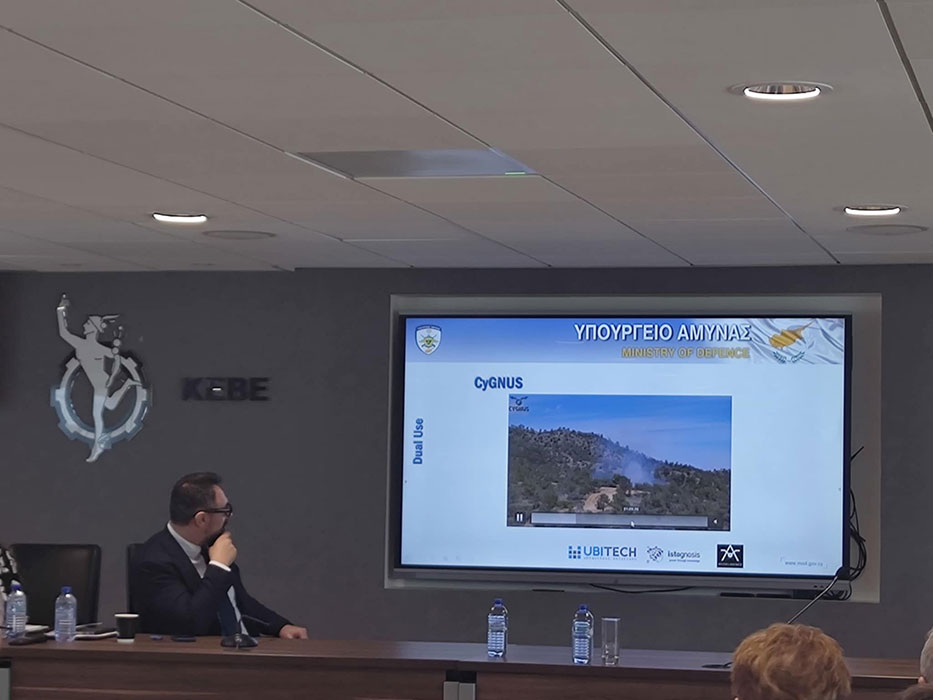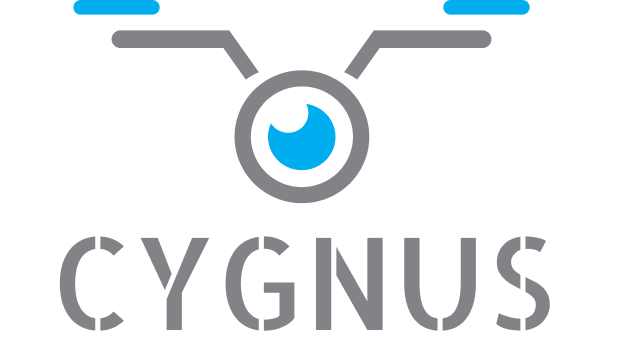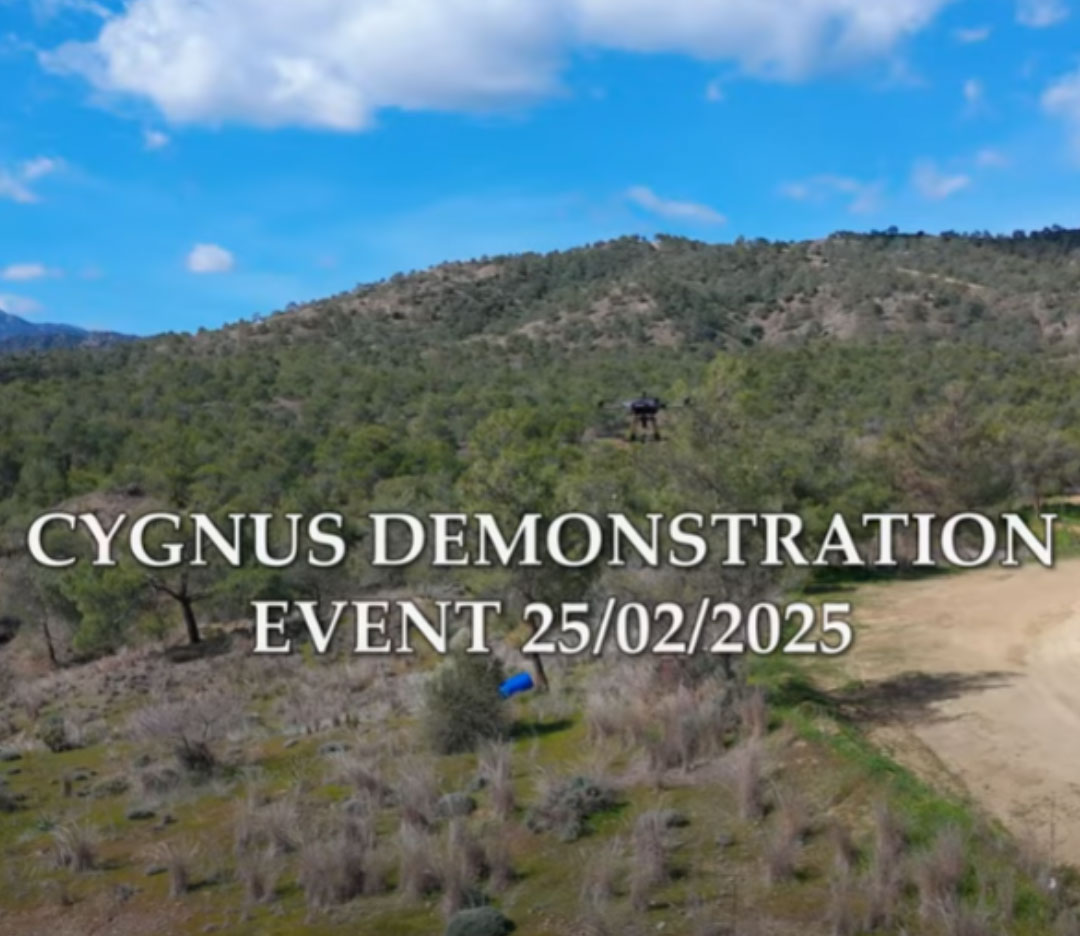On 22 May, ACCELIGENCE LTD participated in the 𝐈𝐧𝐟𝐨𝐫𝐦𝐚𝐭𝐢𝐨𝐧 𝐒𝐞𝐦𝐢𝐧𝐚𝐫 𝐨𝐧 𝐭𝐡𝐞 𝐂𝐲𝐩𝐫𝐮𝐬 𝐌𝐢𝐧𝐢𝐬𝐭𝐫𝐲 𝐨𝐟 𝐃𝐞𝐟𝐞𝐧𝐜𝐞’𝐬 𝐀𝐜𝐭𝐢𝐨𝐧𝐬 𝐢𝐧 𝐑𝐞𝐬𝐞𝐚𝐫𝐜𝐡, 𝐈𝐧𝐧𝐨𝐯𝐚𝐭𝐢𝐨𝐧, 𝐚𝐧𝐝 𝐭𝐡𝐞 𝐃𝐞𝐟𝐞𝐧𝐜𝐞 𝐈𝐧𝐝𝐮𝐬𝐭𝐫𝐲, hosted at the Cyprus Chamber of Commerce and Industry (CCCI).
Dimitris Perikleous and Christiana Themistocleous TEP, represented ACCELIGENCE LTD, highlighting the company's ongoing commitment to advancing innovation in the defence sector.
The seminar provided valuable insights into national strategies and initiatives designed to build a dynamic, collaborative, and future-oriented defence innovation ecosystem.
During the event, the Ministry of Defence presented several ongoing Dual Use Projects, including the CYGNUS-PROJECT - a collaborative effort by UBITECH, ACCELIGENCE, and ISTOGNOSIS.








